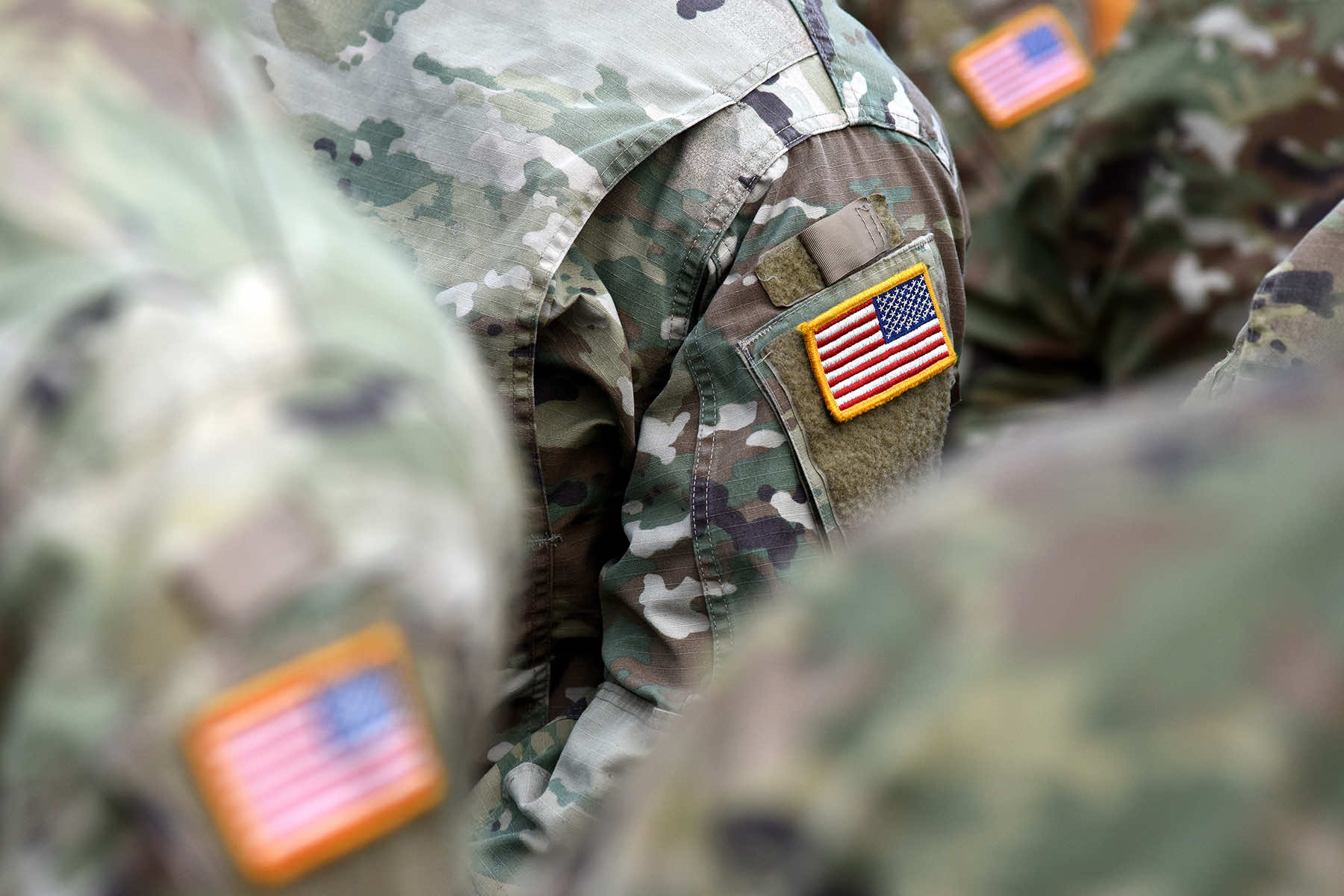
The number of suicides among U.S. military members and their families dipped slightly in 2022, compared with the previous year, as the Defense Department tries to build prevention and treatment programs to address what has been a steadily growing problem over the past decade.
While the total number of deaths decreased overall, suicides among active-duty troops went up slightly, fueled by significant spikes in the Marine Corps and the Air Force. And because the active-duty force is smaller now, the rate of suicides per 100,000 service members inched up, according to U.S. officials.
The officials said the suicide rate for the National Guard and the Reserve decreased a bit. The relatively stable numbers across the force come on the heels of a sharp drop in suicides in the Air Force, the Marines, and the Navy from 2020 to 2021, and a similar decline for Army soldiers in the first six months of 2022.
Officials spoke on the condition of anonymity to describe the findings before the report’s public release. They said that due to the decreasing size of the active-duty force, they believe the rate of suicides, rather than the number, is a more accurate measure. More broadly, they said the changes in the suicide rate were not statistically significant and they are not enough to determine yet if prevention and treatment programs are working.
Instead, defense officials said the long-term trend still points to increasing deaths, although the relative stability in the numbers for 2022 gives them some cautious encouragement.
Historical similarities in who dies by suicide and how they do it continue. Young, male troops still make up the vast majority of the suicides — at 93%. And 70% of the time, troops use a firearm. But the department has so far shied away from any major gun safety changes.
An independent committee recommended earlier this year that the department implement a series of gun safety measures to reduce suicides in the force, including waiting periods for the purchase of firearms and ammunition by service members on military property.
The panel said the department should also raise the minimum age for service members to buy guns and ammunition to 25 and should require anyone living in military housing to register all privately owned firearms. In addition, the panel said the department should restrict the possession and storage of privately owned firearms in military barracks and dorms.
Last month, however, Defense Secretary Lloyd Austin released a new campaign to address suicides in the force, and the department chose not to implement the key firearm changes suggested by the panel. Instead, the Pentagon said it would “incentivize” secure firearm storage, provide more storage locations and do more public education on how to safely store guns — similar to steps that officials have talked about in the past.
The Defense Department officials said there are a number of legal challenges to enacting some of the gun safety measures. They said the department has been working on the issue for several years and believes a better, modern education campaign tailored for the young military audience can help.
In addition, they said there are restrictions on doing an anonymous survey on the matter to glean more information from the force and determine what would be effective changes. They said the department hasn’t ruled out taking additional steps in the future.
Austin, however, did agree to enact a number of other recommendations made by the panel, including efforts to modernize suicide prevention training, expand counseling, reduce the stigma of seeking mental health assistance and increase the number of staff and health providers.
The Defense Department has been grappling with widespread shortages of mental health personnel and a difficult push to reduce the stigma of seeking help. A number of military bases have also enacted a wide array of new programs, which range from required counseling visits to stress relief education and recreational outings.
The new report found that family stress, including relationship problems and behavioral health issues, are common factors.
Suicides among family members differ in that more than half of the spouses who die are female. And while there are far fewer male spouses across the military, at just 14%, they represent 48% of spousal suicides.
According to the latest data, there were 492 suicides among active duty, Guard and Reserve troops, down from 524 in 2021. And suicides among family members dropped from 202 in 2020 to 168 in 2021. The family death totals are a year behind the service member data, because they come from the Centers for Disease Control and Prevention.
For the active duty, there were 331 suicides in 2022, compared with 328 in 2021. Of those, Army suicides dropped from 175 in 2021 to 135 in 2022. The Marine Corp saw the biggest increase, from 43 to 61, followed by the Air Force, which increased from 51 to 64, and the Navy went from 59 to 71. The Space Force had none.
The Army National Guard also saw a large decrease, from 105 to 82, while the Air Guard remained the same, at 15. The Reserves dipped from 76 to 64, with only the Air Force Reserves showing an increase.















